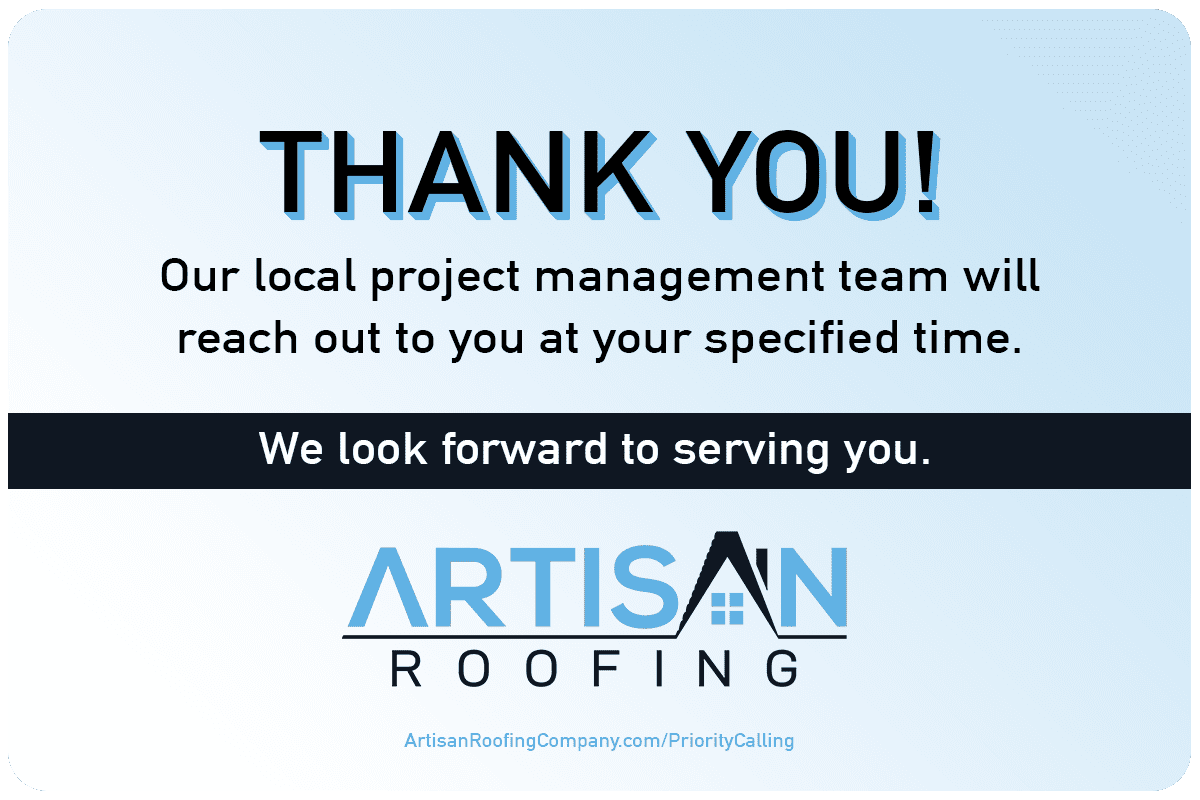Gutters play a crucial role in protecting your home from water damage by directing rainwater away from the foundation, walls, and landscaping. Over time, gutters can wear out and become less effective, potentially leading to issues like water infiltration, mold growth, and even structural damage. But how do you know when it’s time to replace your gutters? Here are some key signs to watch out for:
1. Visible Cracks or Splits: Inspect your gutters regularly for any visible cracks or splits, especially at the seams or joints. These openings can allow water to leak out and cause damage to the exterior of your home. If you notice multiple cracks or splits, it’s a strong indication that your gutters need replacing.
2. Peeling Paint or Rust Spots: When gutters start to deteriorate, you may notice paint peeling or rust spots developing along the surface. This is a sign that the protective coating has worn off and the metal is exposed to moisture, which can accelerate corrosion. Rust weakens the gutters and compromises their ability to channel water effectively.
3. Sagging or Pulling Away from the House: Gutters should be securely fastened to your home. If you see sections of your gutters sagging or pulling away from the house, it could be due to improper installation, accumulated debris, or structural issues. Sagging gutters often don’t drain properly, leading to water pooling and potential damage.
4. Water Damage or Mildew Around the Foundation: Inspect the area around your home’s foundation for signs of water damage or mildew. If your gutters are failing to direct water away from the foundation, you may notice damp spots, discoloration, or even cracks in the foundation itself. Addressing this promptly can prevent more severe structural issues down the line.
5. Gutters Pulling Away from Roofline: If you notice that your gutters are pulling away from the roofline, this could be a sign of a more serious problem. Gutters that are not properly attached can lead to water seeping behind the gutter and damaging both the roof and the fascia board.
6. Excessive Granules in Gutters: After a roof replacement or heavy storm, check your gutters for an excessive amount of granules from asphalt shingles. This could indicate that your roof is shedding its protective layer, which can lead to clogged gutters and reduced water flow.
7. Frequent Clogging or Overflowing: If your gutters are frequently clogged with debris or overflowing during rainstorms, despite regular cleaning, it may be time for an upgrade. Modern gutter systems come with features like gutter guards or screens that can help prevent clogs and reduce maintenance.
8. Age of the Gutters: Consider the age of your gutters. Most gutters have a lifespan of 20-30 years depending on the material (aluminum, vinyl, steel, copper). If your gutters are nearing or exceeding this age range, replacement is likely a wise investment to avoid costly repairs from water damage.
Regularly inspecting your gutters for these warning signs can help you catch problems early and avoid potential water damage to your home. While some issues can be repaired, extensive damage or signs of wear often indicate that replacement is the best course of action. Investing in new gutters not only protects your home but also enhances its curb appeal and value. If you’re unsure about the condition of your gutters, consult with a professional gutter contractor who can assess the situation and recommend the best solution for your home. Remember, proactive maintenance of your gutters can save you from more extensive and expensive repairs down the road.

